Why Spain is a great place for kids
Choosing the city that's right for you
Choosing the visa that's right for you
More than just great weather
Why Spain provides a better quality of life

How we Plan
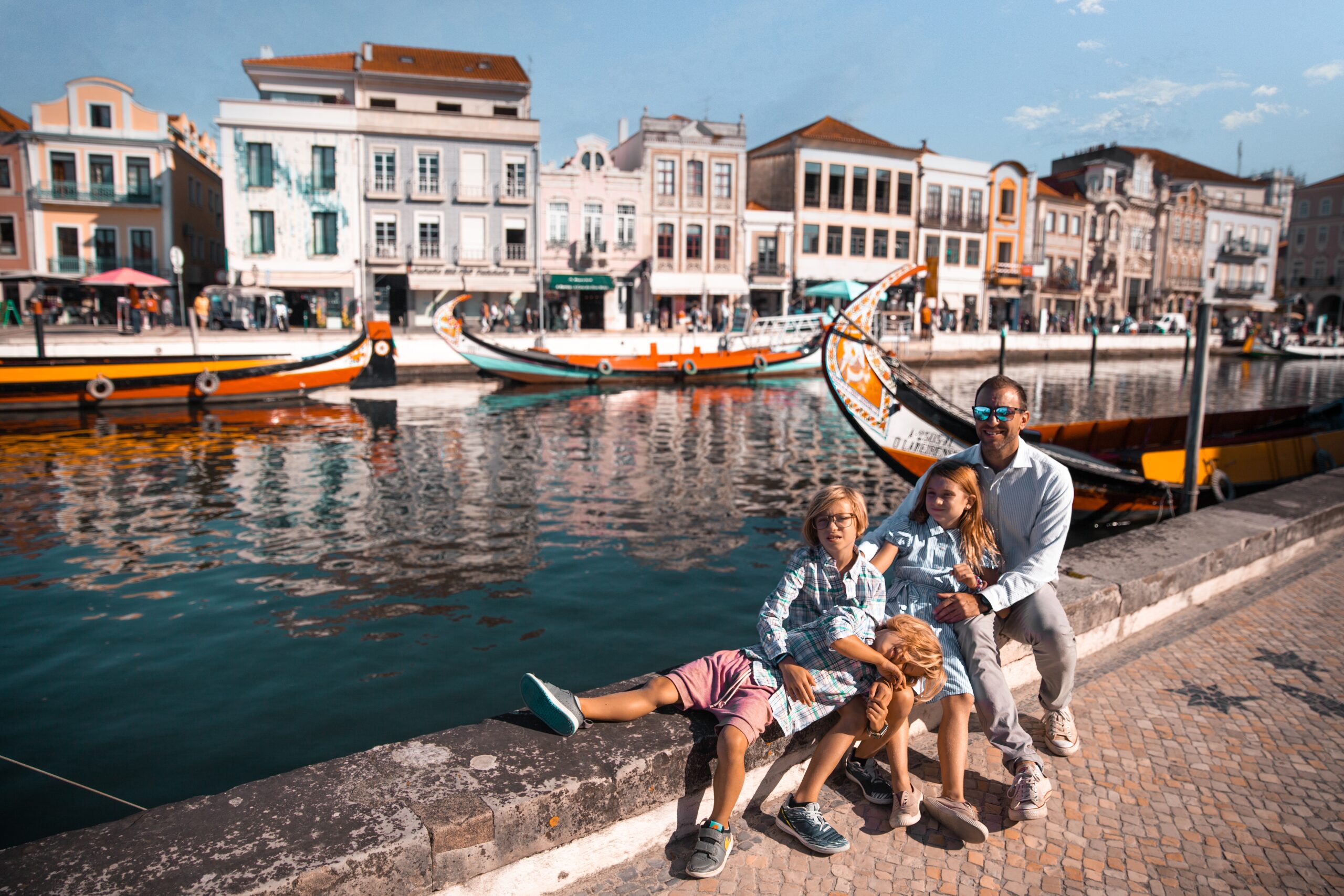
What we pack
Choosing Travel Insurance
Book Your Hotel
with Booking.com
Book Your Car
with RentalCars.com
Book Your Flight
with Skyscanner.com
Book Your Tour
with GetYourGuide.com
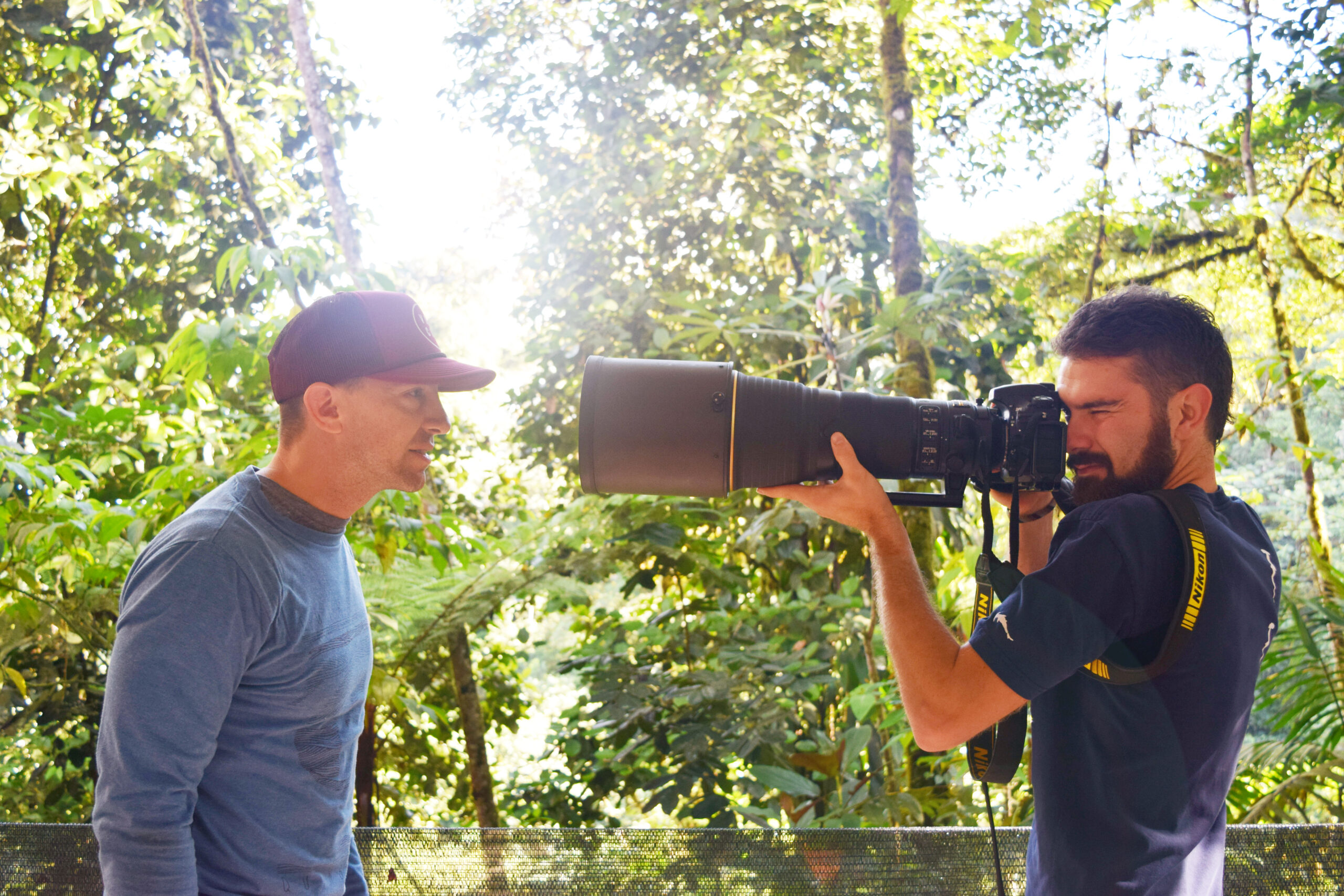
Our Camera Gear

How We Fly
Choosing Your Destination
Family Guide to...
Singapore
Norway, a land of awe-inspiring natural beauty and Nordic allure, captivates with its dramatic landscapes, deep fjords, and snow-capped mountains.
Map
Weather
Itineraries

Coming Soon...
singapore
Top Five Restaurants in singapore
Odette is a Michelin three-star restaurant that combines French culinary techniques with Asian flavors, resulting in an exquisite dining experience. The menu is meticulously curated by Chef Julien Royer, showcasing the finest seasonal ingredients. Located in the National Gallery Singapore, Odette offers a stunning ambiance that complements its exceptional cuisine.
Burnt Ends is a contemporary Australian barbecue restaurant known for its open-concept kitchen and signature wood-fired dishes. Chef Dave Pynt brings a unique touch to classic barbecue, with a focus on high-quality ingredients and bold flavors. It’s a vibrant spot in Chinatown, perfect for food enthusiasts looking for a memorable dining experience.
Candlenut is the world’s first Michelin-starred Peranakan restaurant, helmed by Chef Malcolm Lee. The restaurant celebrates traditional Straits-Chinese cuisine with a modern twist, using fresh local ingredients to create rich and flavorful dishes. Located in the Dempsey Hill area, Candlenut offers a charming and elegant dining atmosphere.
Jaan by Kirk Westaway is a Michelin-starred restaurant that offers a progressive British dining experience with an emphasis on sustainable and locally sourced ingredients. Chef Kirk Westaway’s innovative approach to British cuisine is showcased through his beautifully presented and exquisitely flavored dishes. Situated on the 70th floor of the Swissôtel The Stamford, the restaurant provides breathtaking views of the city skyline.
Les Amis is a prestigious French restaurant that has consistently been awarded three Michelin stars. Executive Chef Sebastien Lepinoy creates exquisite French dishes that highlight the finest ingredients sourced from around the world. Located in the heart of Orchard Road, Les Amis offers a luxurious dining experience with impeccable service.
Top Five HotelS in singapore
Hotel Holiday Inn Express Singapore Katong offers modern and comfortable accommodations in the culturally rich Katong neighborhood. Guests can enjoy complimentary breakfast and Wi-Fi, along with easy access to local eateries and shopping areas. The hotel is perfect for both business and leisure travelers seeking convenience and value.
Fraser Residence Orchard Singapore provides luxurious serviced apartments designed for extended stays. The property features spacious units with modern amenities, an outdoor pool, and a fitness center, ensuring a comfortable and convenient stay. Its prime location near Orchard Road makes it ideal for shopping and exploring the city’s attractions.
Lanson Place Winsland offers elegant serviced residences in a tranquil setting amidst the bustling Orchard Road. With well-appointed apartments, a rooftop pool, and personalized services, it caters to both short and long-term guests. Its central location provides easy access to shopping, dining, and entertainment options.
Hotel Faber Park Singapore is part of the Handwritten Collection, offering a unique and personalized boutique hotel experience. Nestled near the lush greenery of Mount Faber, the hotel provides a serene retreat with modern comforts and artistic touches. It’s an ideal choice for travelers seeking a blend of nature and urban convenience.
Pullman Singapore Hill Street combines contemporary luxury with strategic location, offering easy access to the city’s key attractions and business districts. The hotel features stylish rooms, gourmet dining options, and a range of recreational facilities, ensuring a sophisticated stay. Pullman Singapore Hill Street is perfect for both business and leisure travelers looking for a premium experience.
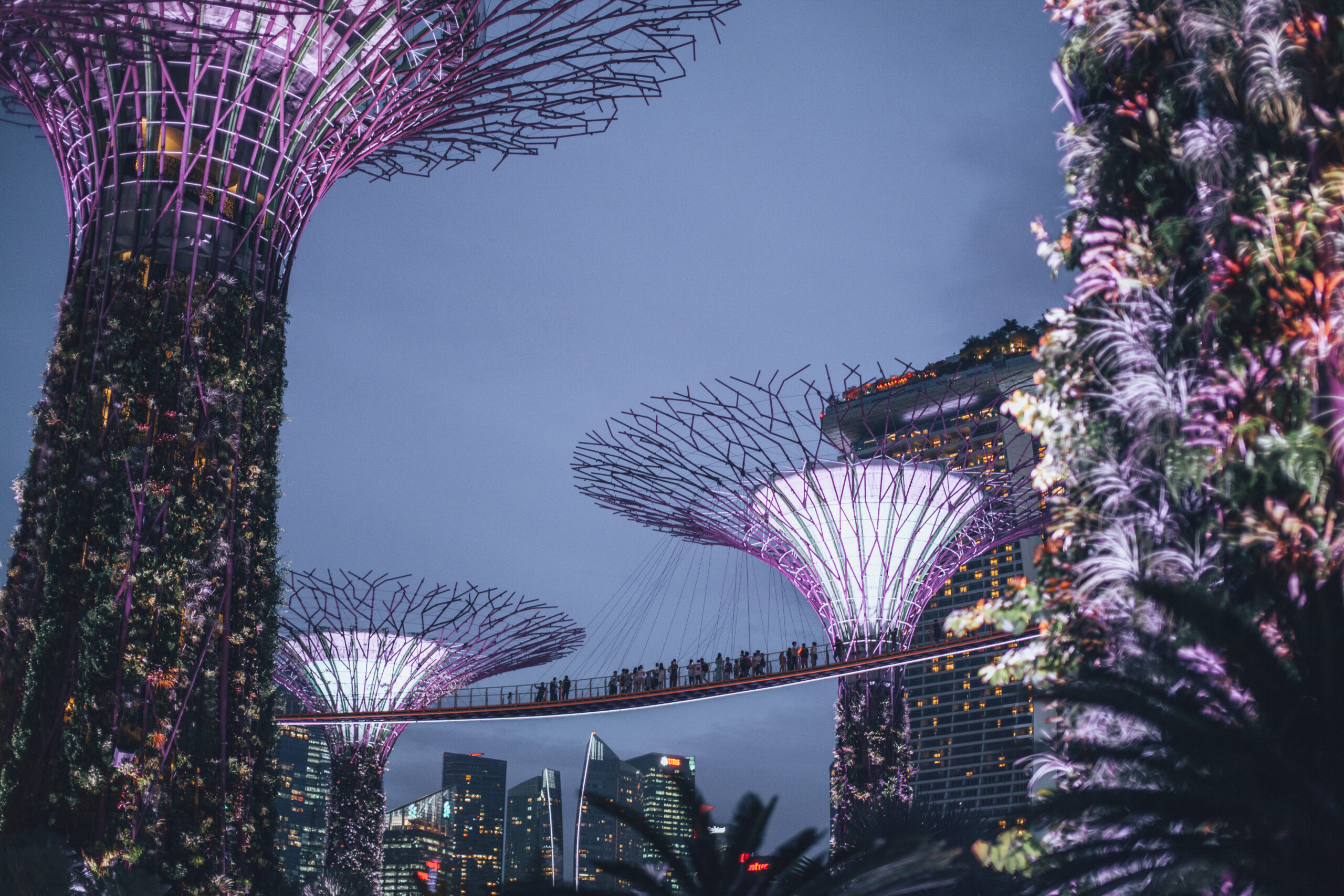
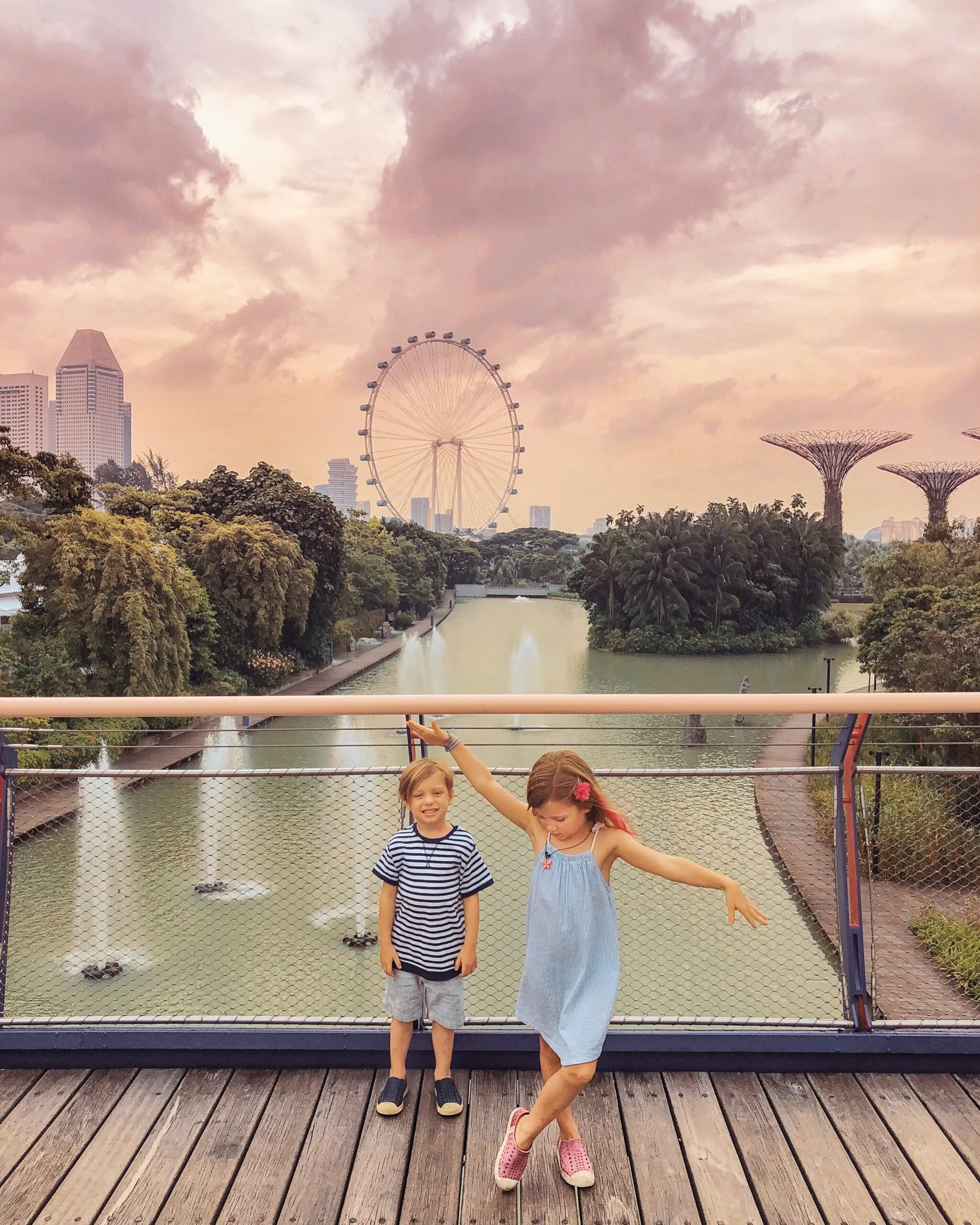

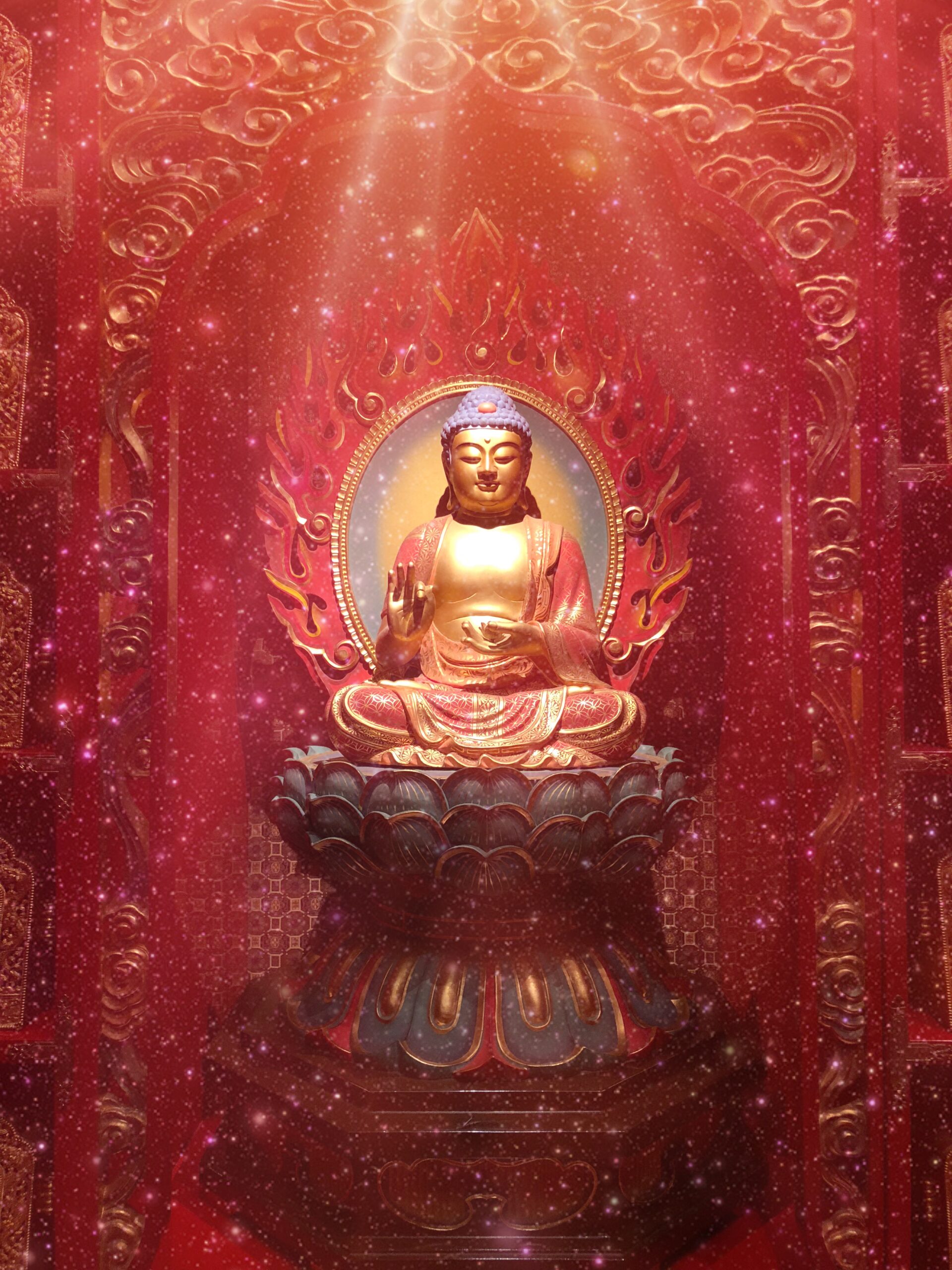
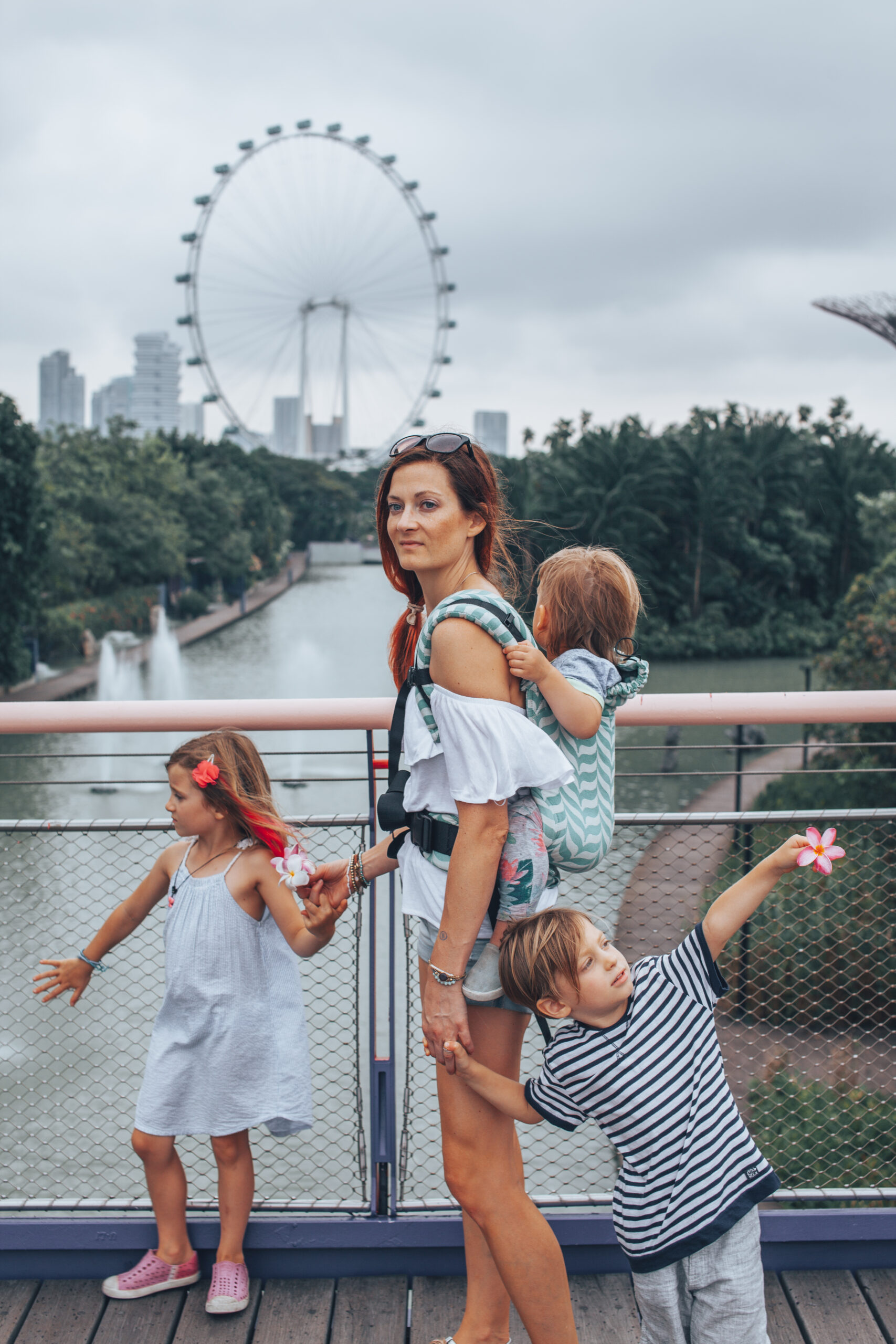
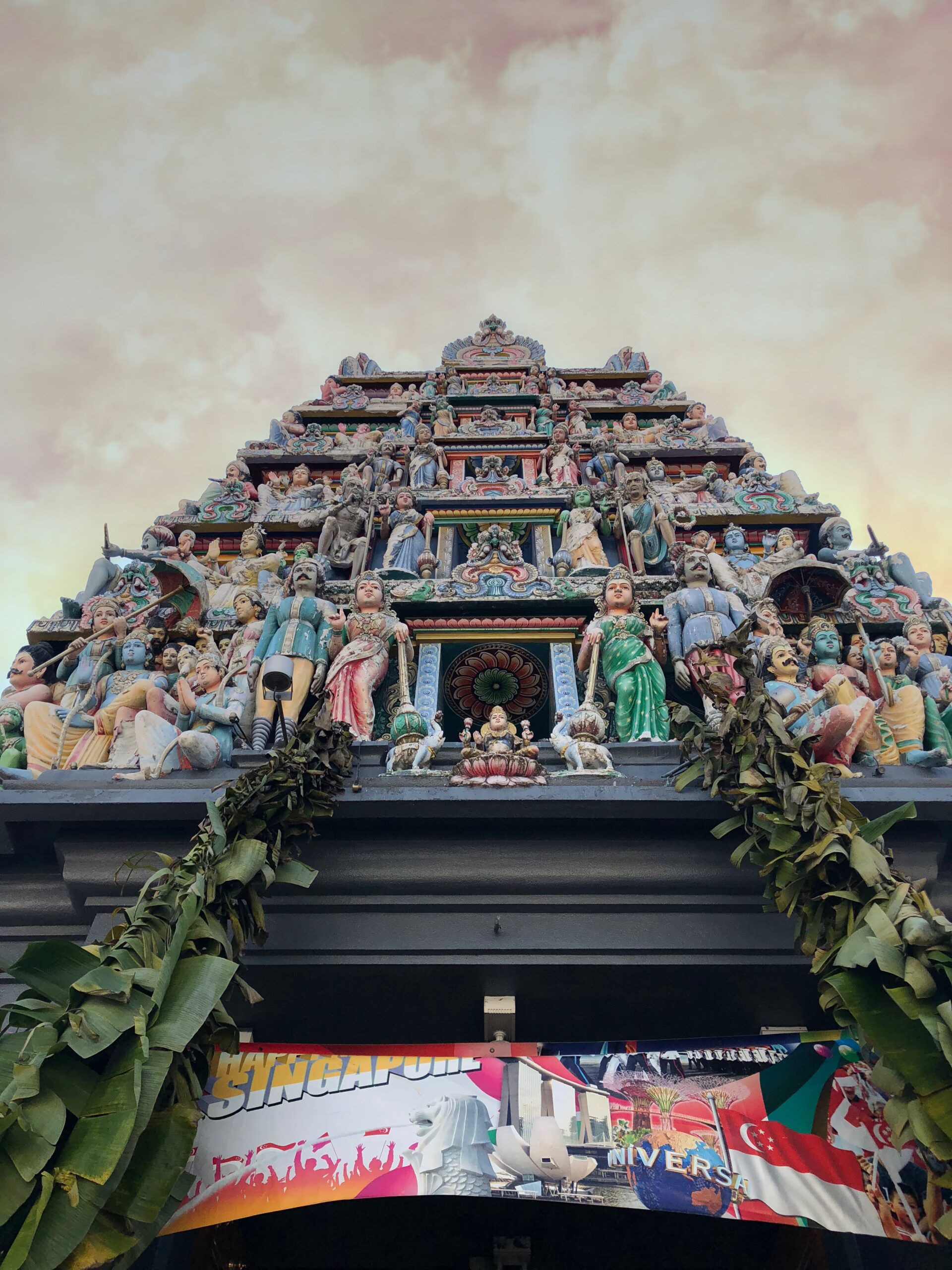

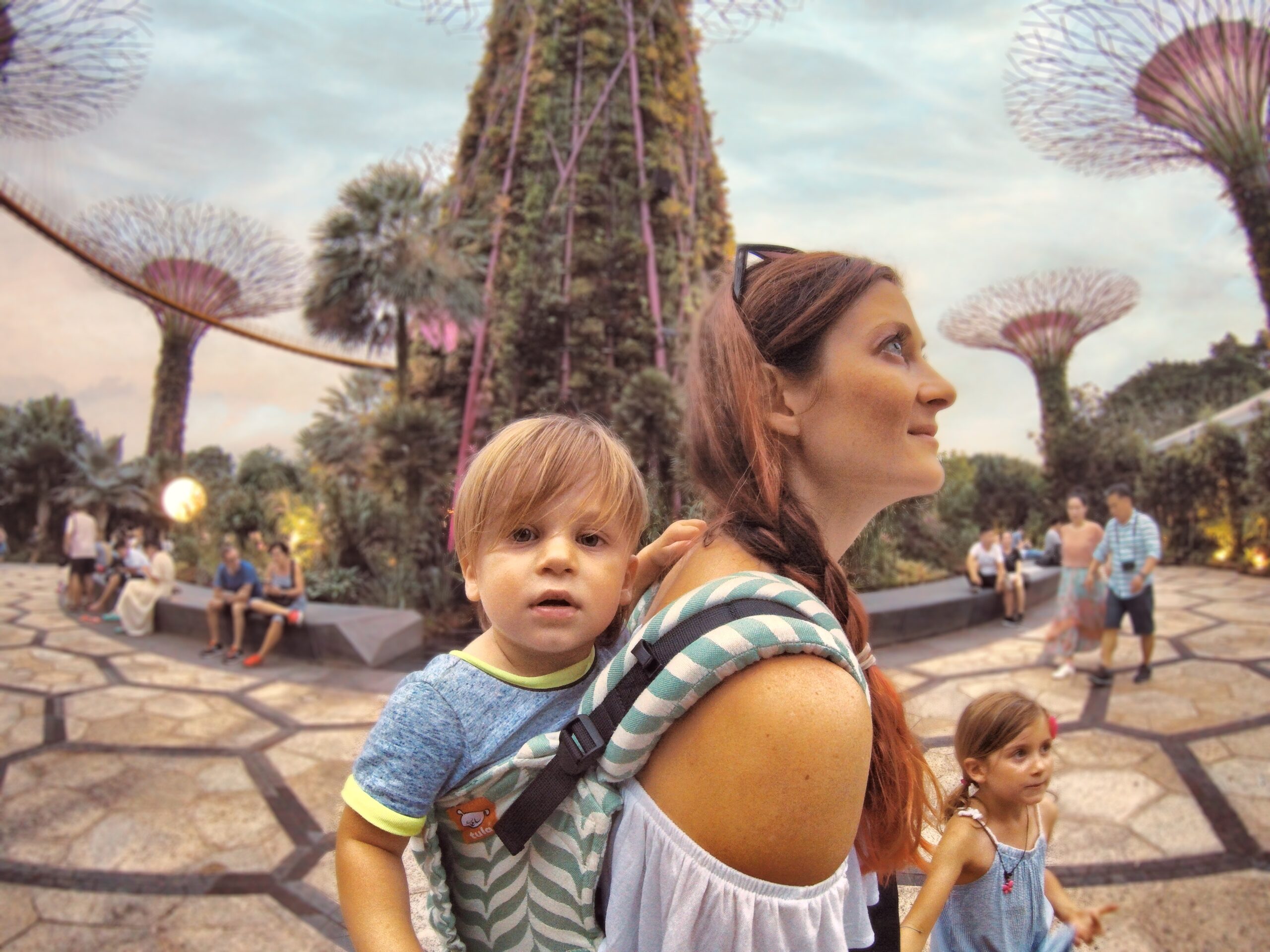
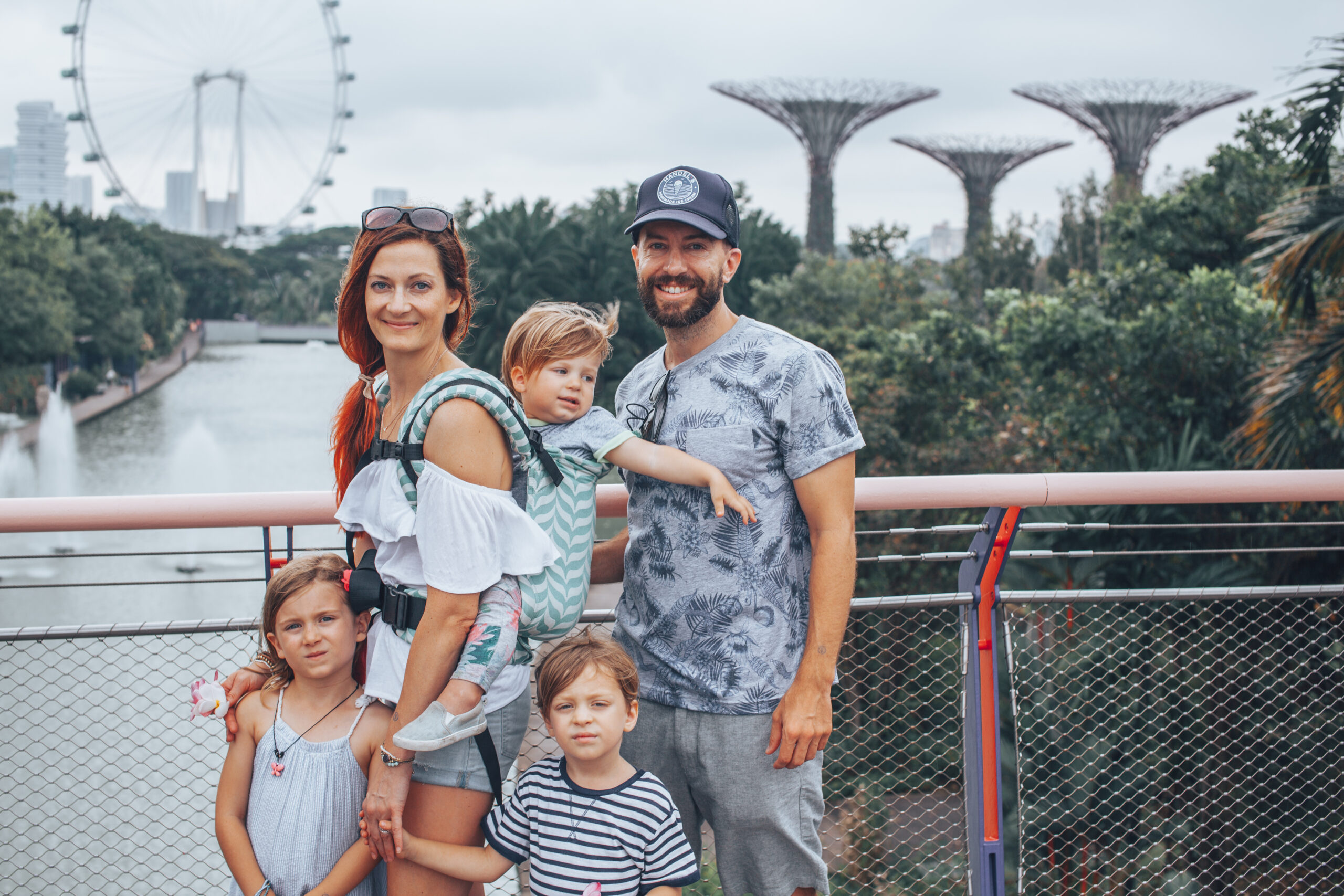
FAQ's
What are the main things to do with kids in Singapore?
Singapore offers a wide range of activities and attractions that cater to families with children. Here are some of the main things to do with kids in Singapore:
1. Visit the Singapore Zoo, River Safari, and Night Safari to experience a variety of wildlife and animal encounters.
2. Explore Sentosa Island, which features attractions like Universal Studios Singapore, Adventure Cove Waterpark, S.E.A. Aquarium, and various beaches.
3. Spend a day at the Jurong Bird Park, home to thousands of birds from around the world.
4. Enjoy the Gardens by the Bay, with its iconic Supertree Grove, Cloud Forest, and Flower Dome conservatories.
5. Visit the Science Centre Singapore, which offers interactive exhibits and hands-on learning experiences.
6. Take a trip to Kidzania, an educational entertainment center where children can role-play adult occupations.
7. Enjoy water play areas and playgrounds at places like the Jacob Ballas Children’s Garden and the Far East Organization Children’s Garden.
8. Explore the ArtScience Museum, which features interactive exhibitions that blend art, science, and technology.
9. Visit the Singapore Discovery Centre, a military-themed edutainment center with interactive exhibits and games.
10. Spend a day at the Singapore Botanic Gardens, a UNESCO World Heritage Site with a children’s garden and a variety of playgrounds.
These are just a few of the many family-friendly activities available in Singapore. The city-state also offers numerous parks, playgrounds, and shopping malls with kid-centric amenities.
What is Singapore famous for?
Singapore is famous for several things, including:
1. Economy: Singapore is known for its thriving economy, consistently ranking as one of the most competitive and business-friendly countries in the world.
2. Cleanliness: The city-state is renowned for its clean streets, strict anti-littering laws, and efficient waste management system.
3. Safety: Singapore has one of the lowest crime rates in the world, making it a safe place for residents and visitors alike.
4. Multiculturalism: Singapore is a melting pot of cultures, with a diverse population of Chinese, Malay, Indian, and Eurasian communities coexisting harmoniously.
5. Food: The country is famous for its hawker centers and diverse culinary scene, offering a wide range of delicious and affordable food options.
6. Architecture: Singapore boasts a unique blend of modern and colonial architecture, with iconic landmarks like Marina Bay Sands, the Esplanade, and the Fullerton Hotel.
7. Green spaces: Despite being a densely populated urban area, Singapore is known for its lush green spaces, including the Singapore Botanic Gardens, a UNESCO World Heritage Site.
8. Education: Singapore’s education system is highly regarded worldwide, consistently ranking among the best in international assessments.
9. Transportation: The country has an efficient and well-connected public transportation system, including the Mass Rapid Transit (MRT) and an extensive bus network.
10. Airport: Singapore Changi Airport is often voted as one of the best airports in the world, known for its excellent facilities, amenities, and customer service.
What power plug type does Singapore use?
Singapore uses the Type G power plug, which is the same type used in the United Kingdom, Ireland, Malaysia, and some other former British colonies. The Type G plug has three rectangular pins arranged in a triangular pattern, with the top pin being slightly longer than the bottom two pins.
The standard electrical voltage in Singapore is 230 volts AC (50Hz), which is compatible with most electronic devices from Europe and Australia. However, travelers from countries like the United States, Canada, and Japan, where the standard voltage is 100-120 volts AC (60Hz), may need a voltage converter for certain devices.
It’s always a good idea to check the voltage requirements of your electronic devices before traveling to Singapore. Most modern gadgets, such as smartphones, tablets, and laptop chargers, are designed to handle a range of voltages (100-240V) and only require a plug adapter.
Is Singapore safe?
Yes, Singapore is widely considered one of the safest countries in the world. The city-state consistently ranks high in global safety indices and reports low crime rates. Here are a few reasons why Singapore is considered safe:
1. Low crime rates: Singapore has strict laws and enforcement, resulting in very low crime rates. Violent crimes are particularly rare, and petty crimes like pickpocketing are uncommon.
2. Strict laws: Singapore is known for its strict laws and penalties, which act as a strong deterrent to crime. For example, drug trafficking can result in the death penalty, and vandalism can lead to caning.
3. Effective law enforcement: The Singapore Police Force is known for its efficiency and responsiveness. The police are well-trained and equipped to handle various situations, and they maintain a strong presence throughout the country.
4. Safe public transportation: Singapore’s public transportation system, including buses and the MRT, is considered safe and reliable. The city-state also has strict regulations for taxi and ride-hailing services.
5. Safe streets: Singapore’s streets are well-lit and well-maintained, making it safe for pedestrians to walk around, even at night.
6. High level of social trust: Singapore’s society places a strong emphasis on social responsibility and community, which contributes to a high level of trust and safety in public spaces.
While Singapore is generally very safe, it’s still important for visitors and residents to exercise common sense and take basic precautions, such as being aware of their surroundings and taking care of their personal belongings.
When is the best time to travel to Singapore?
The best time to travel to Singapore depends on your preferences and priorities, as the city-state has a relatively consistent climate throughout the year. However, here are some factors to consider:
1. Weather: Singapore has a tropical climate with high humidity, abundant rainfall, and consistent temperatures year-round. The average temperature ranges from 25°C to 32°C (77°F to 90°F). The wettest months are typically from November to January, while the driest months are usually from June to August.
2. Crowds: Singapore is a popular tourist destination, and the city can get crowded during peak travel seasons. The busiest months are typically from December to June, with spikes during holidays like Chinese New Year (January or February), Good Friday and Easter (March or April), and school holidays (June and December).
3. Events and festivals: Singapore hosts numerous events and festivals throughout the year, such as the Singapore Food Festival (July), the Singapore Night Festival (August), and the Singapore Grand Prix (September). If you’re interested in a particular event, plan your trip accordingly.
4. Air quality: Singapore can experience haze from forest fires in neighboring Indonesia, particularly from June to October. If air quality is a concern for you, consider traveling outside of these months.
Considering these factors, the best time to visit Singapore for relatively good weather and fewer crowds is from July to October. However, keep in mind that this period may coincide with the haze season. Ultimately, Singapore is a year-round destination, and the best time to visit depends on your individual preferences and travel goals.
What do I need to travel to Singapore?
To travel to Singapore, you’ll need the following:
1. Passport: A valid passport with at least six months of validity remaining from the date of your arrival in Singapore.
2. Visa: Visa requirements depend on your nationality and the purpose of your visit. Many nationalities can enter Singapore visa-free for short stays (usually up to 30 or 90 days). However, it’s essential to check the Singapore Immigration & Checkpoints Authority website for the most up-to-date information on visa requirements.
3. Proof of onward or return travel: Immigration officials may ask for proof of onward or return travel, such as a flight ticket or a confirmed booking.
4. Accommodation: It’s a good idea to have a confirmed hotel booking or proof of accommodation for your stay in Singapore.
5. Sufficient funds: Ensure you have enough money to cover your expenses during your stay in Singapore. Immigration officials may ask for proof of sufficient funds.
6. Travel insurance: While not mandatory, it’s highly recommended to have travel insurance that covers medical expenses, trip cancellations, and other unforeseen events.
7. Health documents: Ensure your routine vaccinations are up to date. Depending on your travel history, you may be required to show proof of vaccination for diseases like Yellow Fever.
8. Singapore Arrival Card: Before arriving in Singapore, you’ll need to complete an electronic Singapore Arrival Card, which includes your personal information, travel details, and health declaration.
9. Compliance with local laws and customs: Familiarize yourself with Singapore’s laws and customs, as the country has strict regulations on issues like littering, chewing gum, and drug use.
Remember to check the latest travel advisories and requirements before your trip, as these may change due to global events or health concerns.
How to travel in Singapore?
Singapore offers a variety of convenient and efficient transportation options for getting around the city-state. Here are the main ways to travel in Singapore:
1. Mass Rapid Transit (MRT): The MRT is a modern, extensive subway system that covers most of Singapore. It is clean, air-conditioned, and easy to navigate, with signs in English. You can purchase single-journey tickets or use a stored-value EZ-Link card for multiple rides.
2. Buses: Singapore has an extensive bus network that complements the MRT. Buses are air-conditioned and accept EZ-Link cards or cash payments. You can use the TransitLink website or mobile app to plan your bus journeys.
3. Taxis: Taxis are readily available in Singapore and can be hailed on the street, at designated taxi stands, or booked through ride-hailing apps like Grab or Gojek. Taxis are metered, and additional surcharges may apply during peak hours or for certain destinations.
4. Ride-hailing apps: Grab and Gojek are popular ride-hailing apps in Singapore, offering a convenient alternative to taxis. You can book rides and pay through the apps using a credit card or digital wallets.
5. Walking: Many areas in Singapore, particularly the city center, are pedestrian-friendly. The city has well-paved sidewalks, pedestrian crossings, and overhead bridges. Walking is a great way to explore Singapore’s neighborhoods and enjoy the local sights.
6. Cycling: Singapore has been expanding its cycling infrastructure, with a growing network of dedicated cycling paths and park connectors. Bicycle-sharing schemes like SG Bike and Anywheel allow you to rent bicycles for short trips.
7. Cable car: The Singapore Cable Car connects Mount Faber on the mainland to Sentosa Island, offering scenic views of the city and the harbor along the way.
When traveling in Singapore, it’s a good idea to plan your journeys using transportation mobile apps or the TransitLink journey planner to find the most convenient and efficient routes.
What do you need to know before entering Singapore?
Before entering Singapore, there are several important things you should know:
1. Visa requirements: Check if you need a visa to enter Singapore based on your nationality and the purpose of your visit. Many nationalities can enter Singapore visa-free for short stays, but it’s crucial to verify the latest information.
2. Customs regulations: Singapore has strict customs regulations. Prohibited items include chewing gum, tobacco products, electronic cigarettes, and drugs. There are also restrictions on the import of alcohol, meat products, and firearms.
3. Laws and social norms: Singapore is known for its strict laws and penalties. Familiarize yourself with local laws and social norms, particularly regarding littering, jaywalking, spitting, and public behavior.
4. Currency: The official currency in Singapore is the Singapore Dollar (SGD). Money changers and ATMs are widely available. Most establishments accept credit cards.
5. Language: Singapore has four official languages: English, Mandarin Chinese, Malay, and Tamil. English is widely spoken and is the language of business and education.
6. Weather: Singapore has a tropical climate with high humidity and temperatures throughout the year. Pack lightweight, breathable clothing and be prepared for occasional rainfall.
7. Accommodation: Book your accommodation in advance, especially during peak travel seasons. Singapore offers a range of options, from budget hostels to luxury hotels.
8. Transportation: Singapore has an efficient public transportation system, including the MRT and buses. Purchase an EZ-Link card for convenient travel on public transport. Taxis and ride-hailing services are also readily available.
9. Health and safety: Singapore is known for its cleanliness and low crime rates. However, take basic precautions to ensure your personal safety and hygiene. Consider purchasing travel insurance and ensure your vaccinations are up to date.
10. Electronic arrival card: Before entering Singapore, you’ll need to complete an electronic Singapore Arrival Card, which includes your personal information, travel details, and health declaration.
Remember to check the latest travel advisories and requirements before your trip, as these may change due to global events or health concerns.

